Home>Gardening & Outdoor>Outdoor Recreation & Activities>What Type Of Wood Is Jenga Made From


Outdoor Recreation & Activities
What Type Of Wood Is Jenga Made From
Modified: October 19, 2024
Discover the best wood for Jenga, a popular outdoor recreation and activity. Learn about the different types of wood used to create this classic game.
(Many of the links in this article redirect to a specific reviewed product. Your purchase of these products through affiliate links helps to generate commission for Storables.com, at no extra cost. Learn more)
Introduction
Welcome to the world of Jenga, where skill, strategy, and a steady hand come together in a captivating game of balance and precision. Whether you’re a seasoned Jenga enthusiast or new to the game, understanding the materials used to craft this iconic tower-building game can deepen your appreciation for its craftsmanship and design. In this article, we’ll delve into the history of Jenga, explore the specific materials used in its construction, and shine a spotlight on the types of wood that bring this beloved game to life.
Join us on a journey through the origins and construction of Jenga, and gain a newfound understanding of the wood that forms the backbone of this timeless game.
Key Takeaways:
- Jenga is crafted from various types of wood, each with unique qualities like lightweight resilience, durability, and elegant natural luster, enhancing the game’s tactile appeal and visual charm.
- The choice of wood in Jenga’s construction is a testament to the game’s enduring legacy and the importance of quality in creating memorable experiences, bringing people together in moments of laughter, suspense, and shared joy.
Read more: What Type Of Wood For A Picnic Table
The History of Jenga
Jenga, a Swahili word meaning “to build,” was created by Leslie Scott, an Englishwoman who grew up in East Africa. Inspired by the simple yet engaging block-stacking games she played as a child using wooden building blocks, Scott developed the concept for Jenga in the early 1970s. However, it wasn’t until 1983 that Jenga, as we know it today, was officially launched.
The game quickly gained popularity for its easy-to-understand rules, universal appeal, and the suspense it creates as the tower grows increasingly unstable. Jenga’s success can be attributed to its ability to bring people together, fostering friendly competition and lighthearted fun.
Since its inception, Jenga has become a household name, captivating players of all ages and becoming a staple at social gatherings, family game nights, and even professional gaming competitions. Its enduring popularity speaks to the timelessness and universal appeal of this simple yet captivating game.
As Jenga continues to bring joy and entertainment to countless individuals around the world, its history serves as a testament to the enduring power of a well-crafted and engaging game.
The Materials Used in Jenga
Jenga’s enduring appeal lies not only in its gameplay but also in the quality of its construction. The game comprises carefully crafted wooden blocks, each contributing to the tower’s stability and the overall playing experience. The choice of materials plays a pivotal role in ensuring that Jenga not only meets high standards of durability but also delivers a satisfying tactile experience for players.
When it comes to crafting the perfect Jenga set, the selection of wood is of paramount importance. The type of wood used significantly impacts the game’s aesthetics, feel, and longevity. Additionally, the precision and uniformity of the blocks are essential to maintaining the game’s integrity and level of challenge.
Let’s delve into the specific types of wood commonly used in the construction of Jenga blocks, shedding light on the unique characteristics that make each variety distinct and valuable in bringing the game to life.
Jenga is typically made from high-quality, smooth, and splinter-free wood such as maple. Maple wood is strong and durable, making it ideal for creating the small blocks used in the game.
Types of Wood Used in Jenga
When it comes to Jenga, the choice of wood is critical in ensuring the game’s structural integrity, aesthetic appeal, and tactile experience. Different types of wood offer distinct characteristics that contribute to the overall quality of the game. Here are some of the common types of wood used in crafting Jenga blocks:
- Paulownia: Known for its lightweight nature and fine, even grain, Paulownia wood is a popular choice for Jenga blocks. Its strength-to-weight ratio makes it an ideal material for crafting blocks that are easy to handle and manipulate during gameplay.
- Pine: Pine is valued for its affordability and workability, making it a practical option for Jenga block production. Its light color and prominent grain patterns add a classic touch to the game.
- Maple: Renowned for its durability and attractive natural luster, maple wood brings a touch of elegance to Jenga blocks. Its smooth texture and uniform grain contribute to a consistent playing experience.
- Beech: Beech wood is prized for its hardness and shock resistance, making it a reliable choice for crafting durable Jenga blocks. Its pale, understated hue complements the game’s aesthetic appeal.
- Cedar: Cedar’s natural aromatic properties and distinct reddish-brown hue make it a unique option for Jenga blocks. Its natural oils contribute to the wood’s resistance to decay and insect damage, enhancing the longevity of the game.
Each type of wood brings its own set of characteristics to the Jenga playing experience, from the visual appeal of the blocks to their tactile qualities and overall performance during gameplay. The careful selection and treatment of these woods ensure that Jenga maintains its status as a beloved classic that stands the test of time.
Conclusion
As we unravel the intricacies of Jenga, from its rich history to the selection of materials, it becomes evident that this seemingly simple game is a product of thoughtful craftsmanship and attention to detail. The choice of wood in Jenga’s construction is not merely a matter of practicality; it is a testament to the game’s enduring legacy and the importance of quality in creating memorable experiences.
From the lightweight resilience of Paulownia to the timeless elegance of maple, each type of wood used in Jenga blocks contributes to the game’s tactile appeal and visual charm. The diverse characteristics of these woods come together to form a cohesive and engaging playing experience, inviting players to test their skills and dexterity with each carefully placed block.
As Jenga continues to captivate players across the globe, its reliance on high-quality materials underscores its status as a timeless classic. The careful selection and treatment of wood ensure that each Jenga set is not only a source of entertainment but also a symbol of enduring craftsmanship and enduring enjoyment.
So, the next time you engage in a thrilling game of Jenga, take a moment to appreciate the natural beauty and inherent qualities of the wood that forms the foundation of this beloved pastime. The harmonious blend of craftsmanship and natural materials is what makes Jenga a game that transcends generations, bringing people together in moments of laughter, suspense, and shared joy.
Embrace the artistry of Jenga, and let the touch of wood remind you of the timeless pleasures found in simple yet exquisitely crafted games.
Frequently Asked Questions about What Type Of Wood Is Jenga Made From
Was this page helpful?
At Storables.com, we guarantee accurate and reliable information. Our content, validated by Expert Board Contributors, is crafted following stringent Editorial Policies. We're committed to providing you with well-researched, expert-backed insights for all your informational needs.
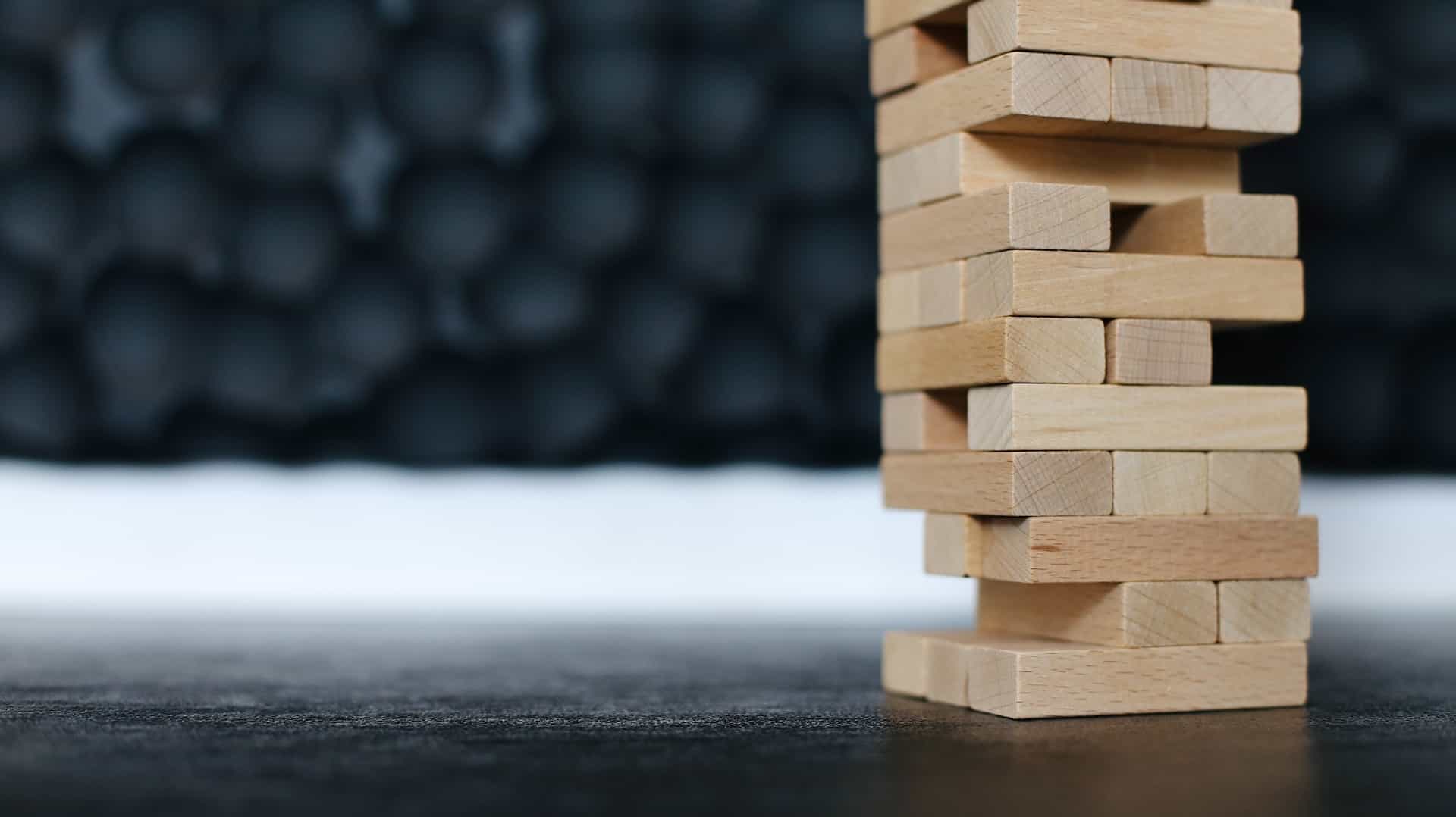
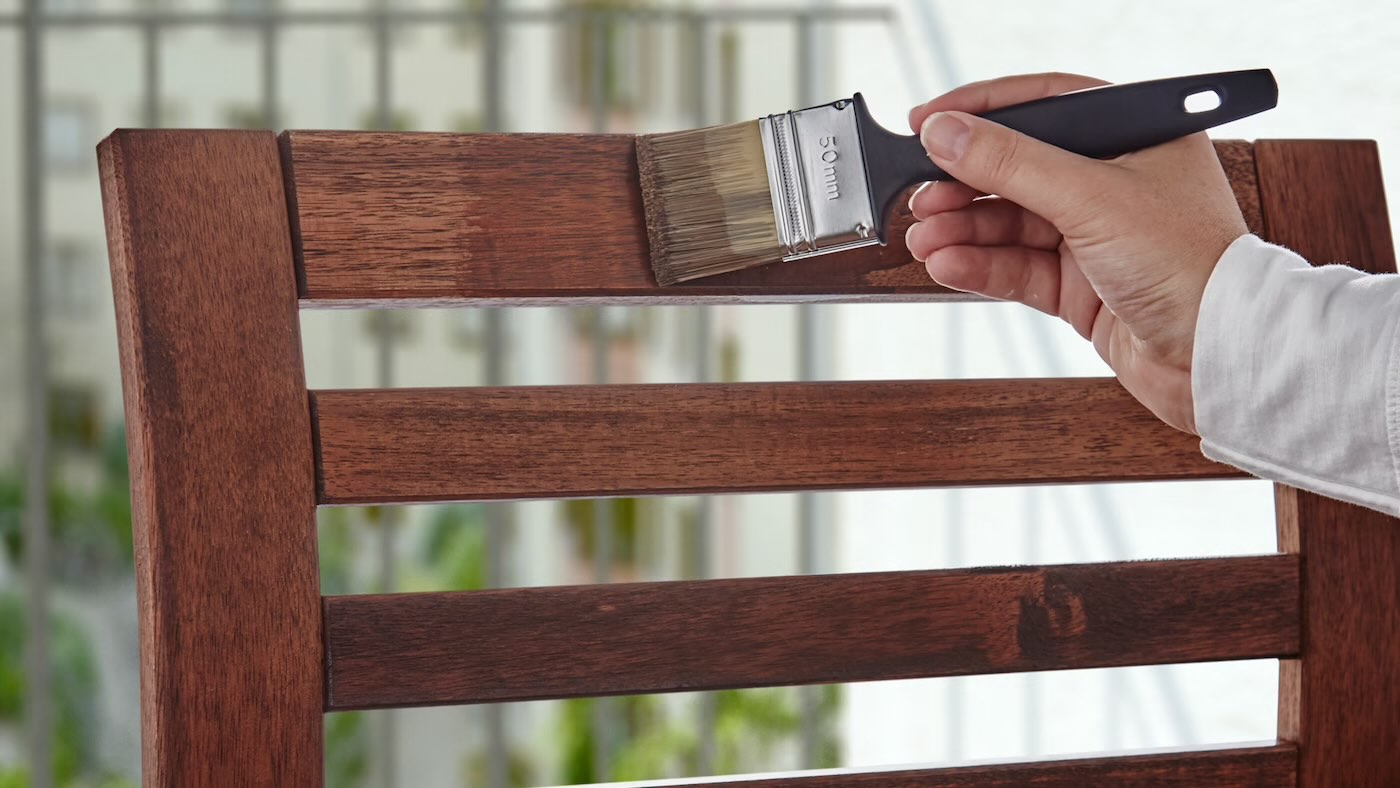

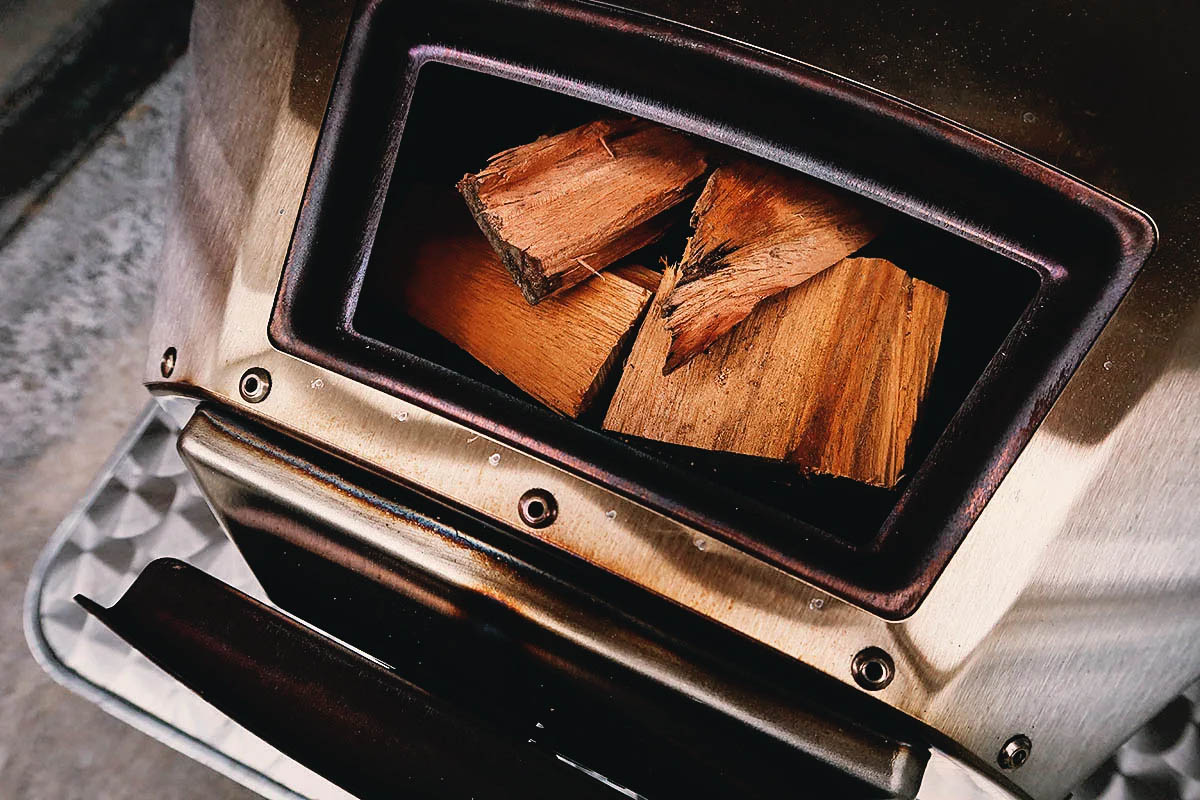
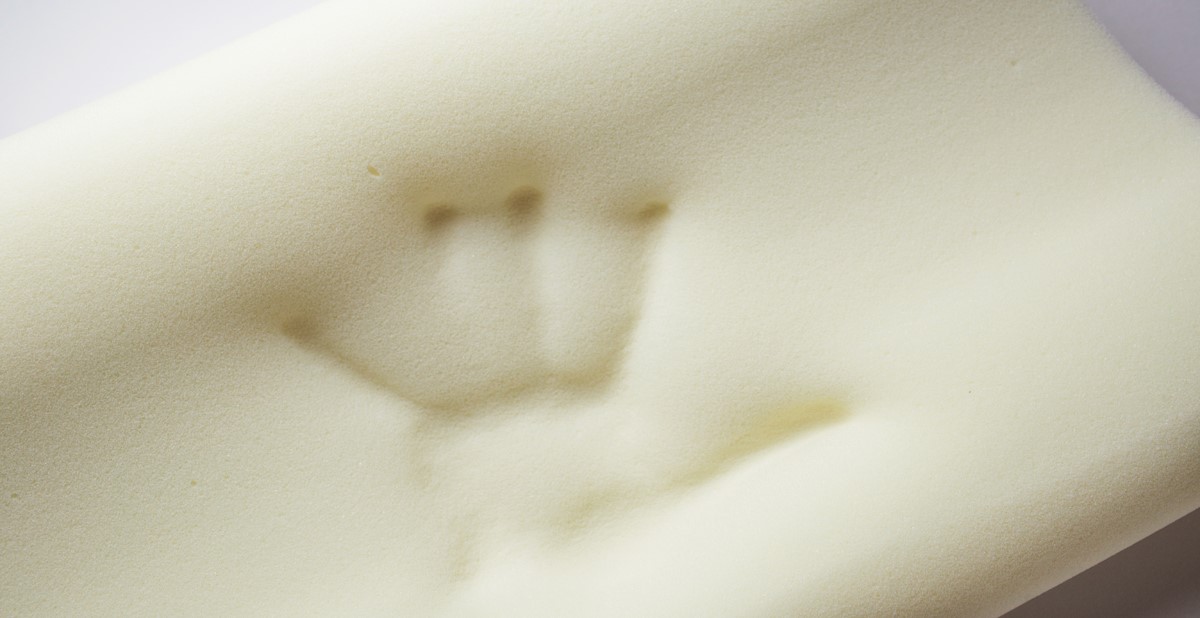
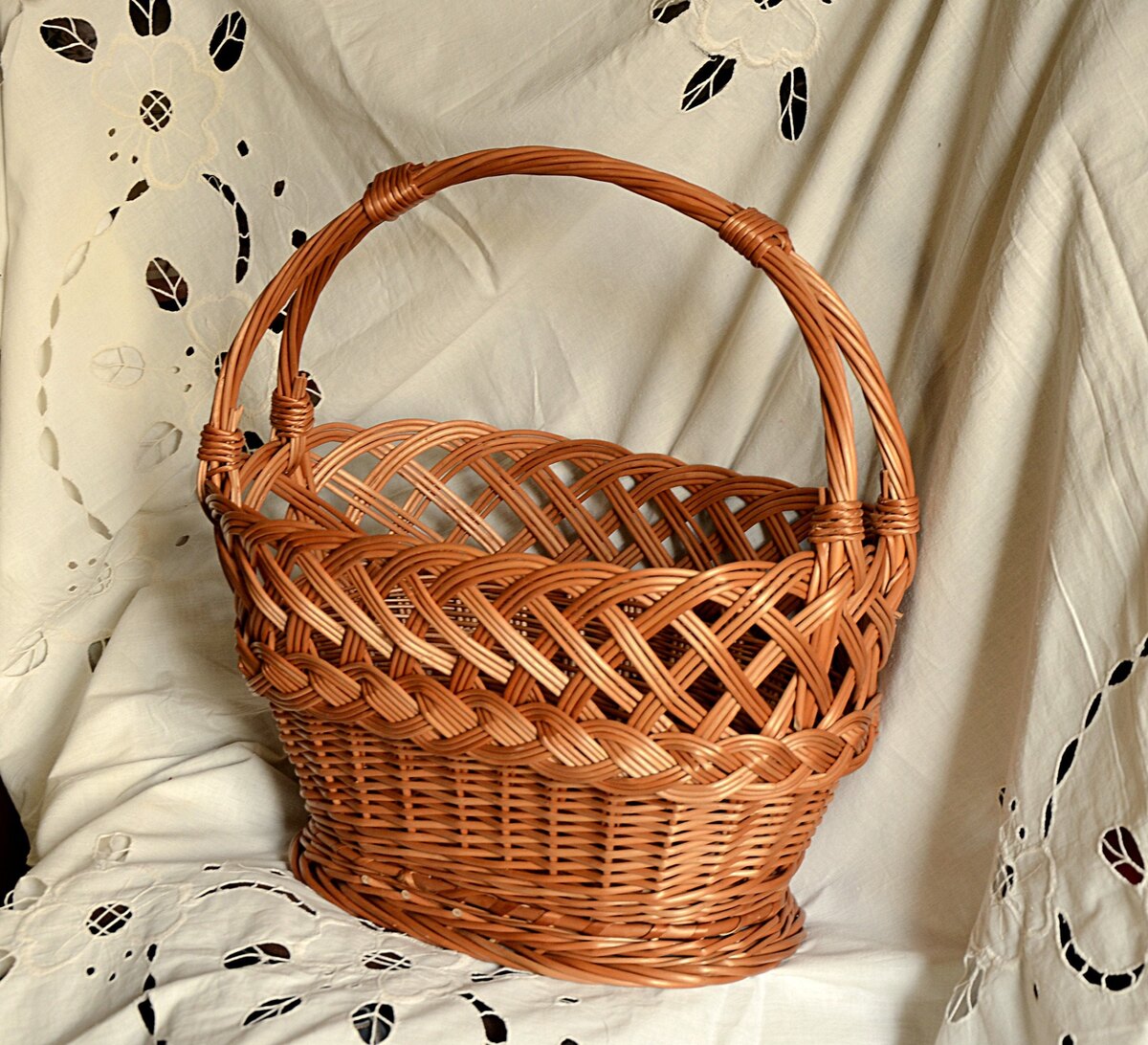
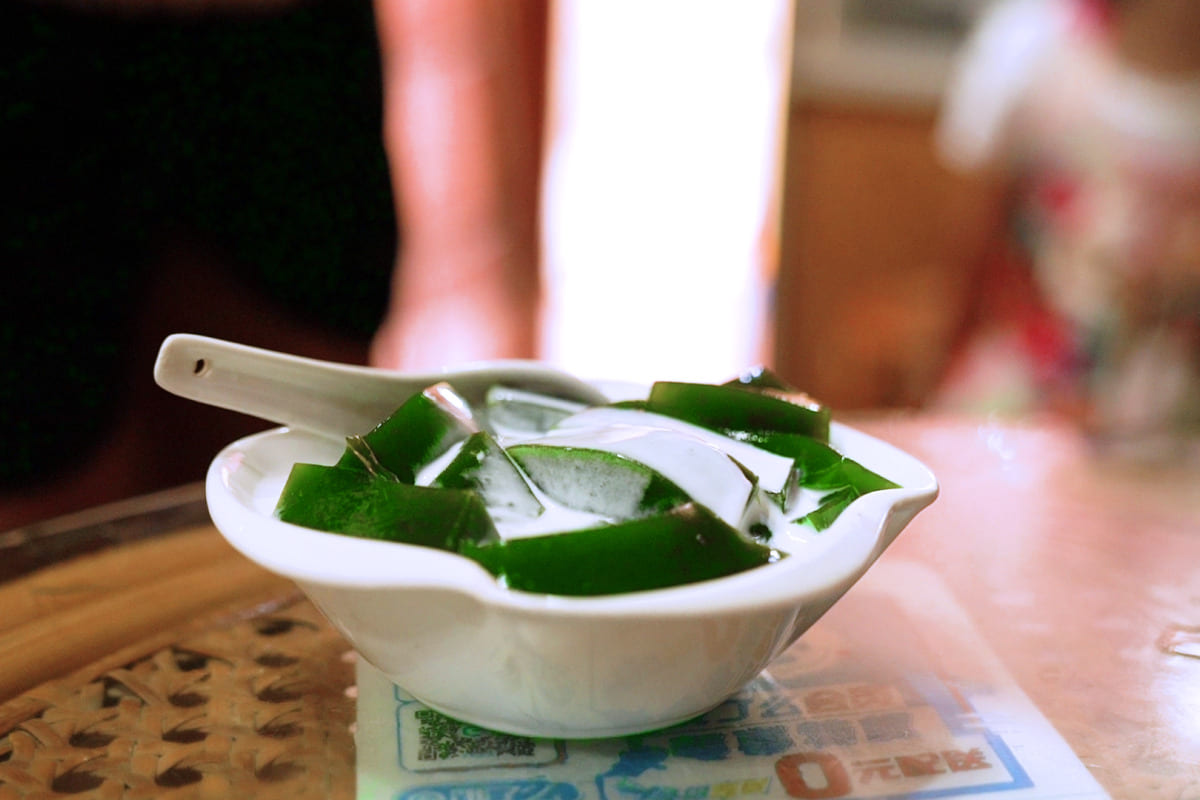
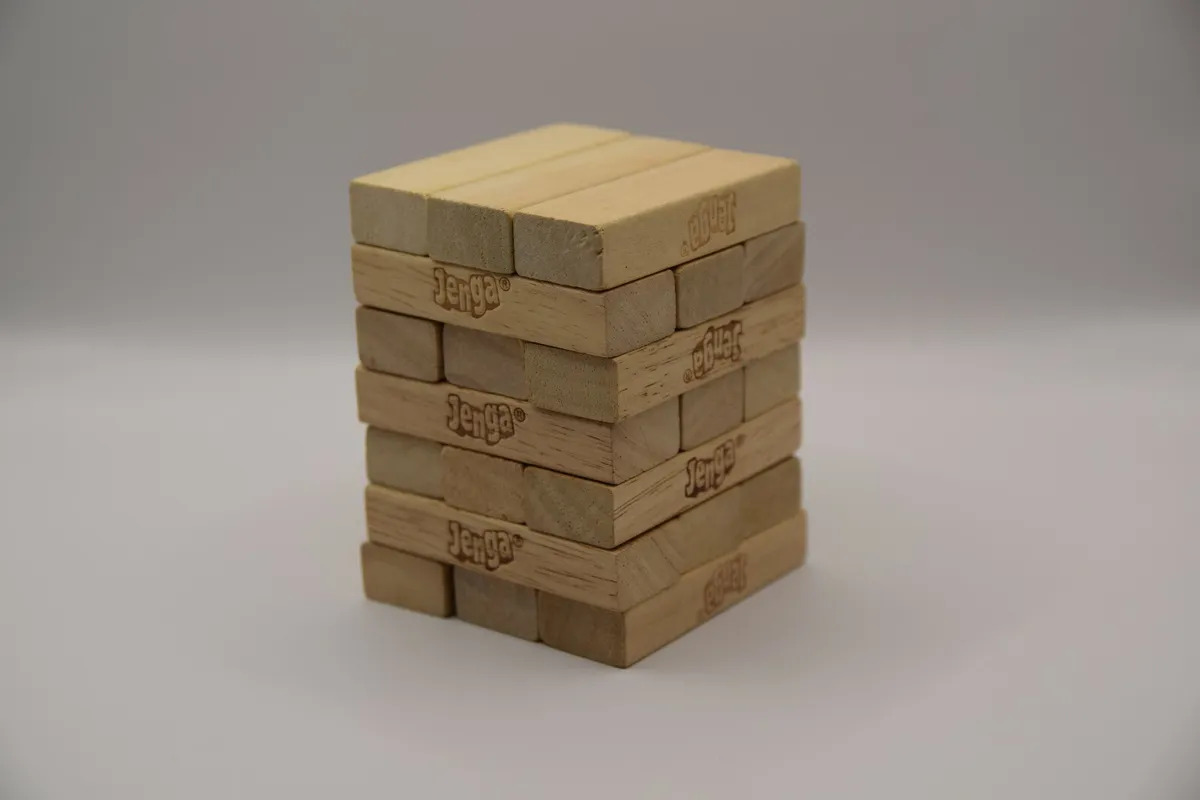
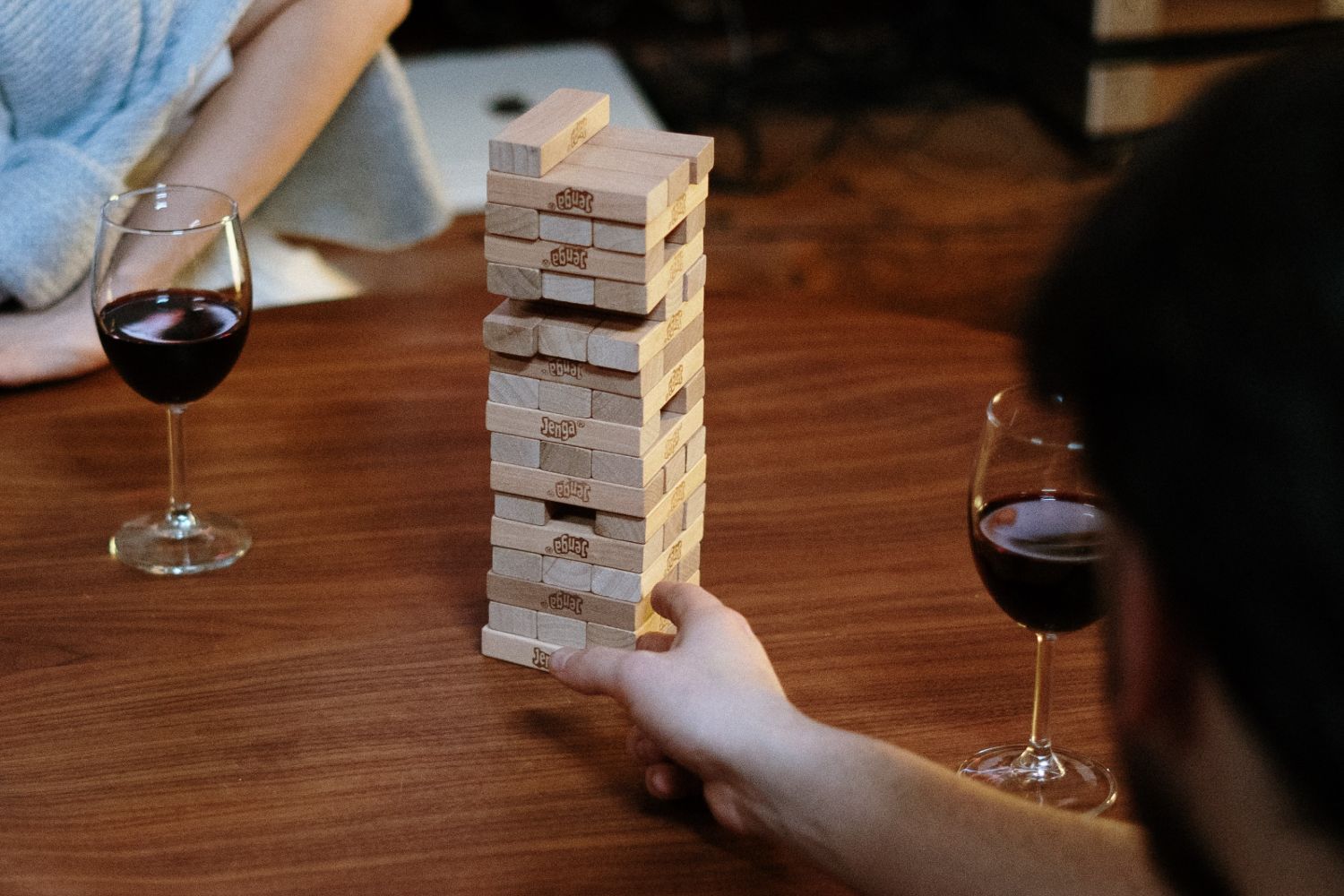
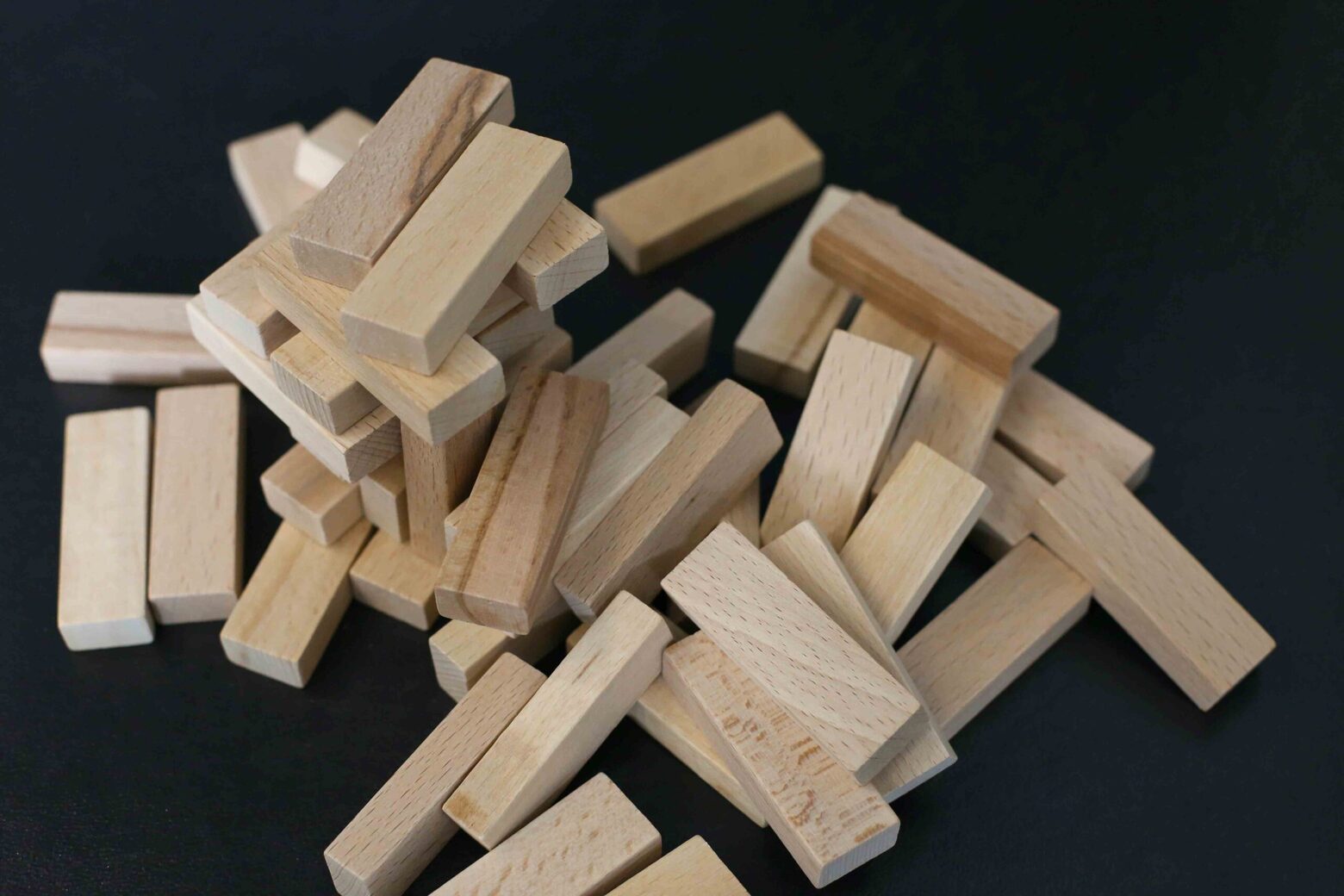
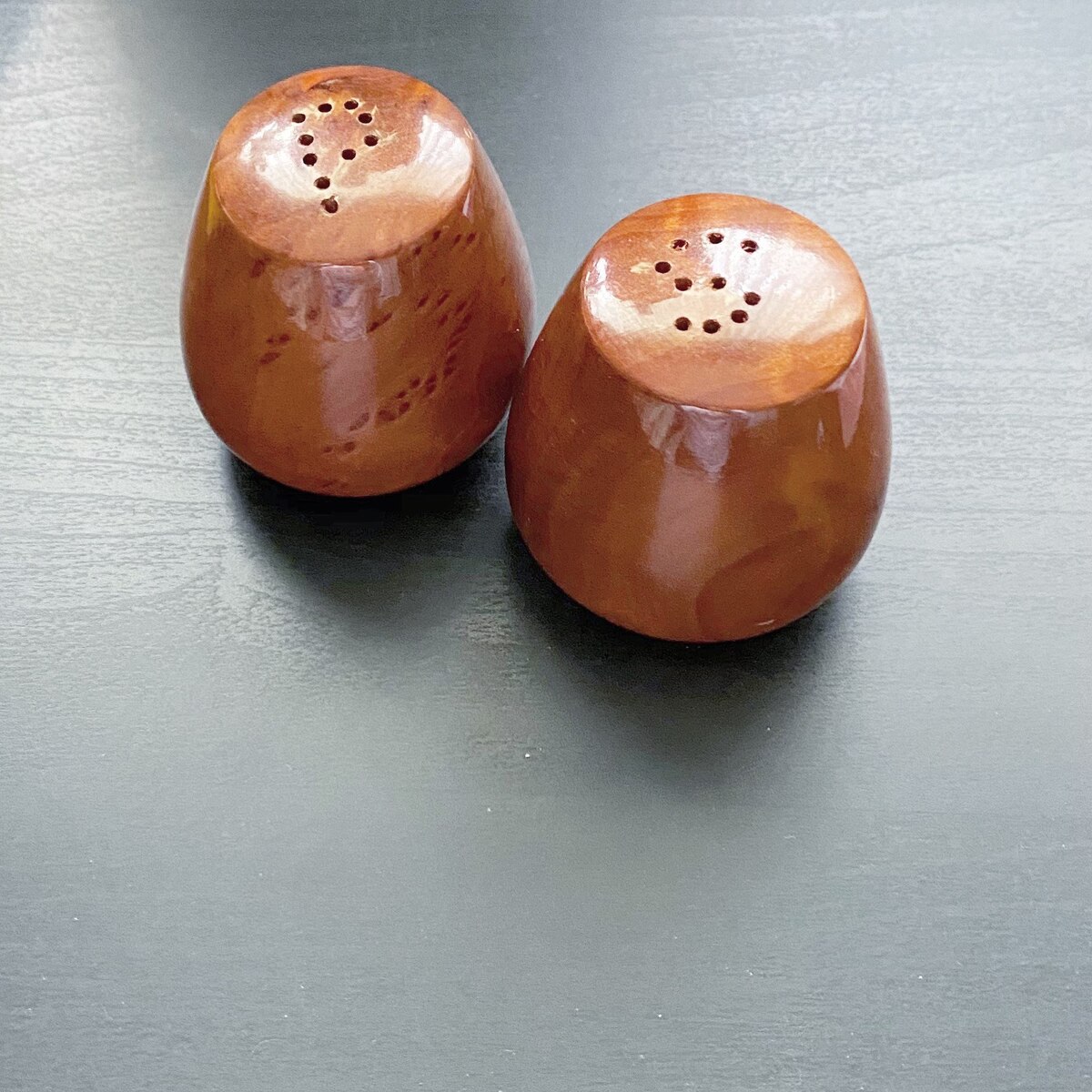
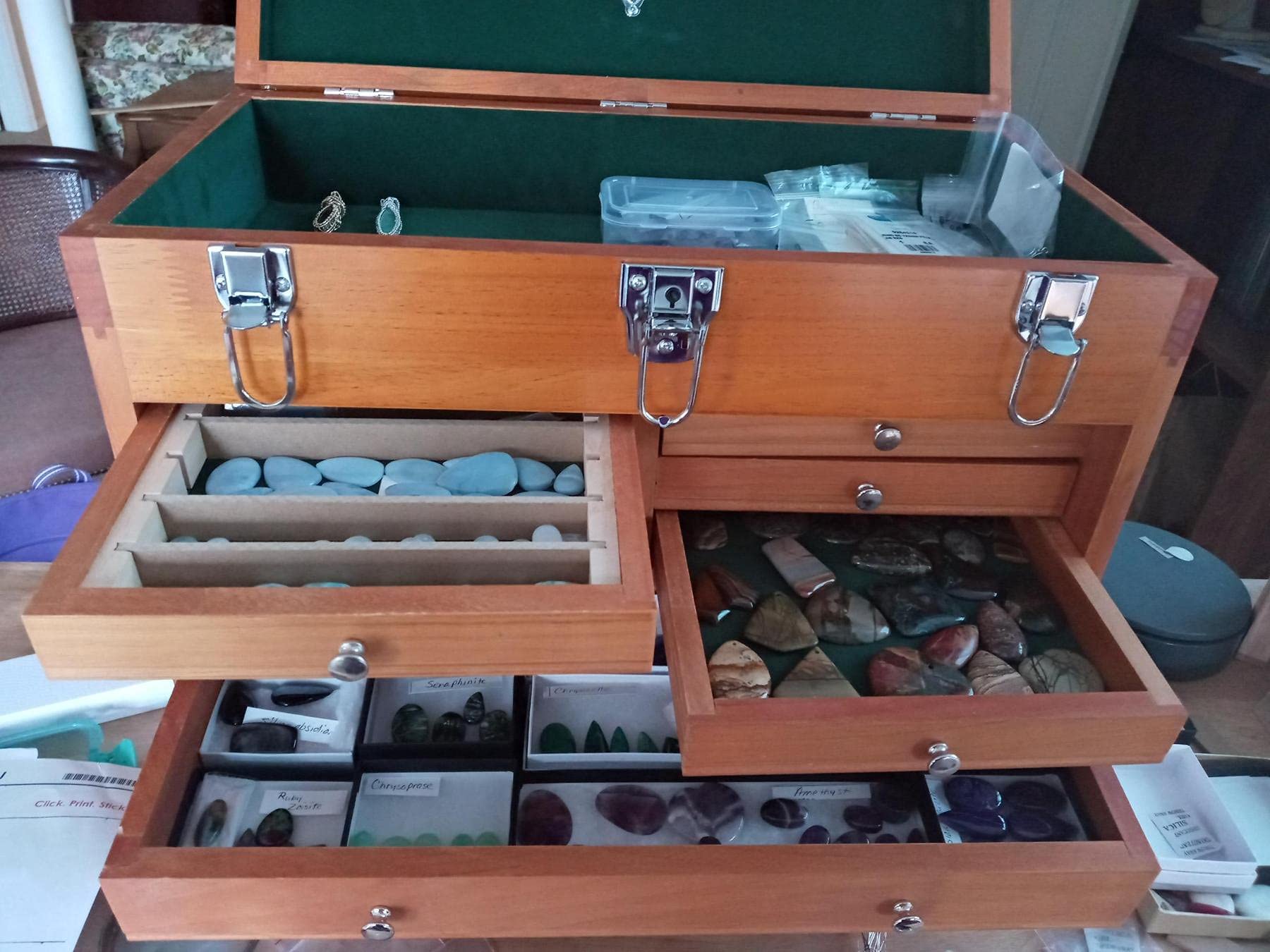
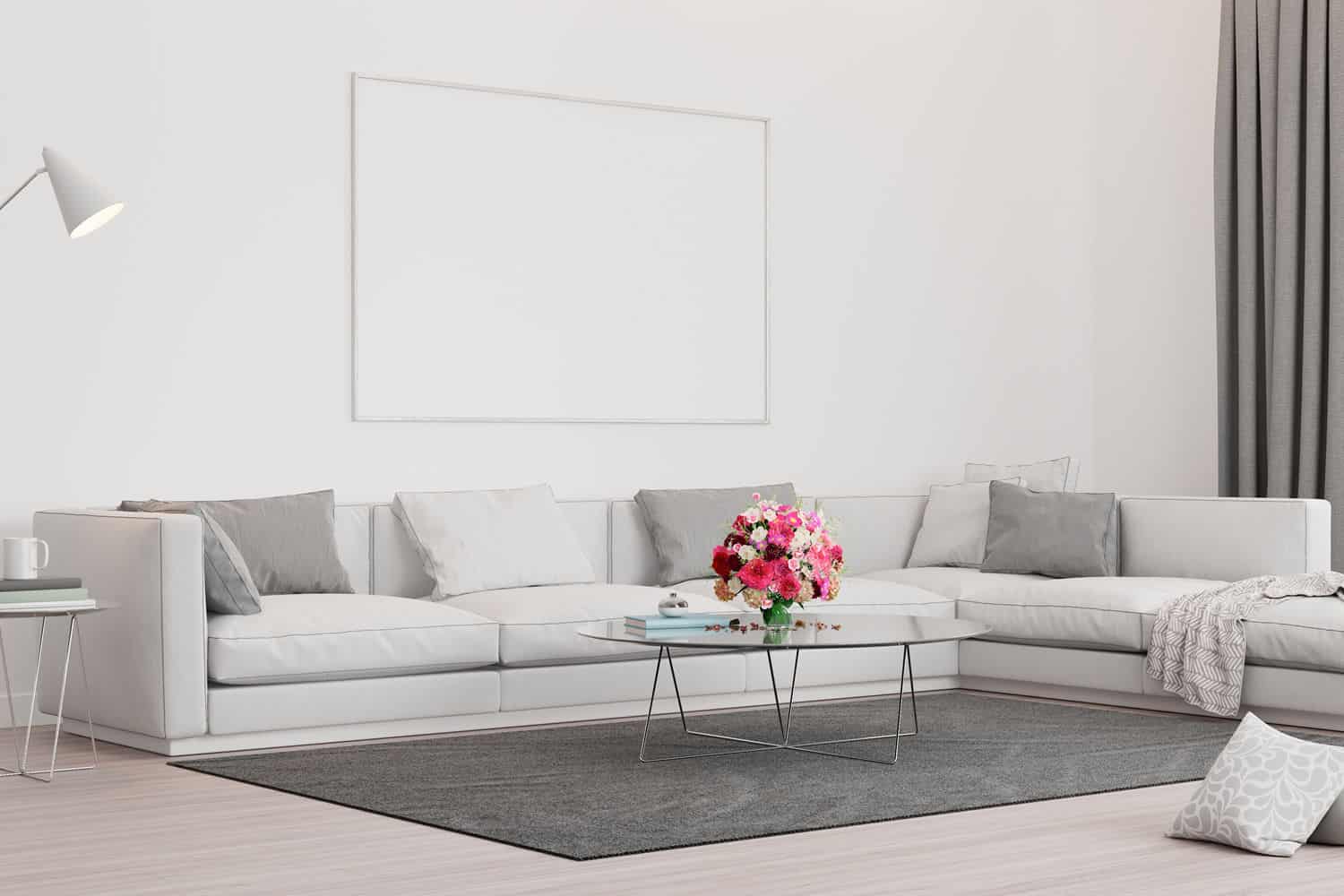
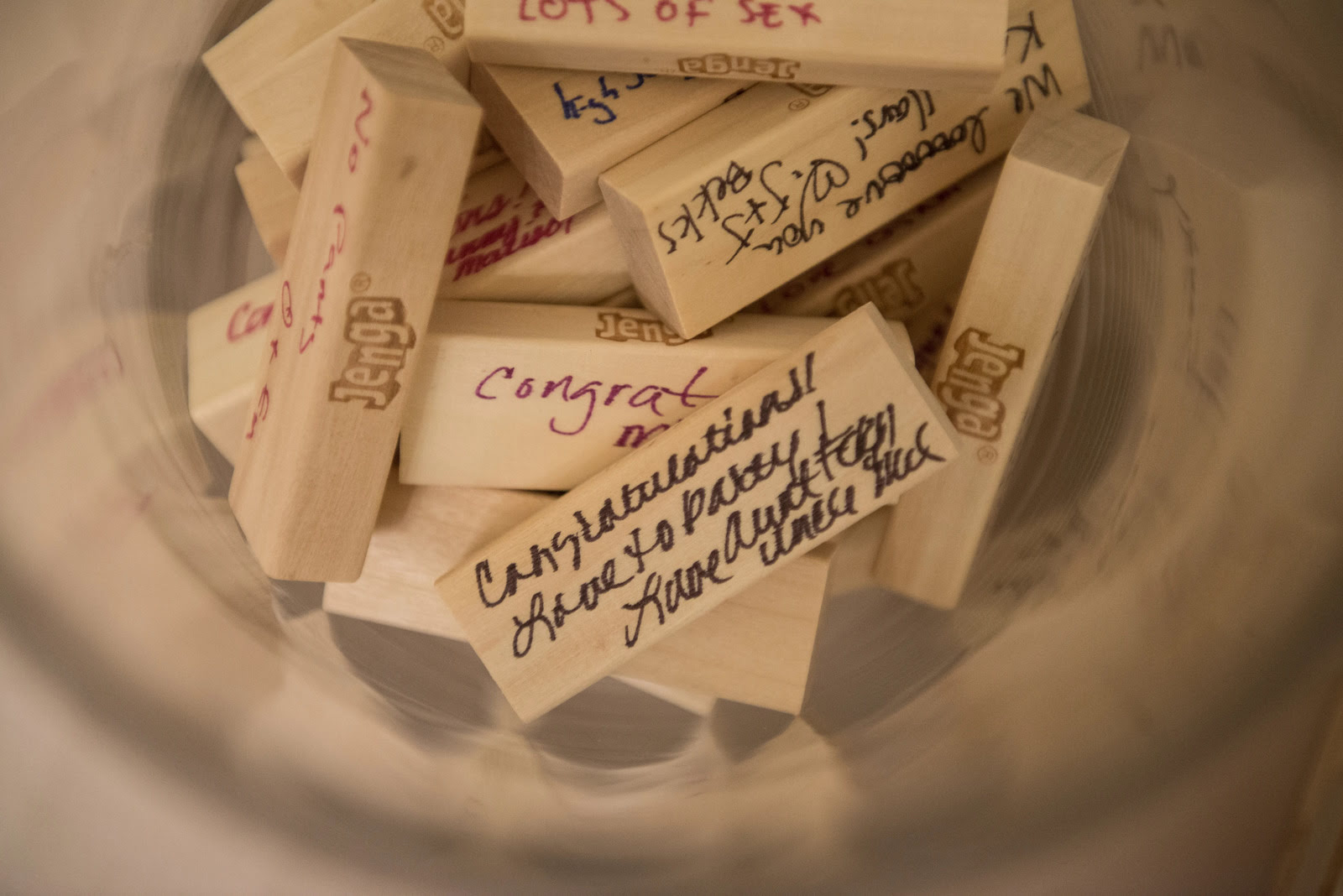
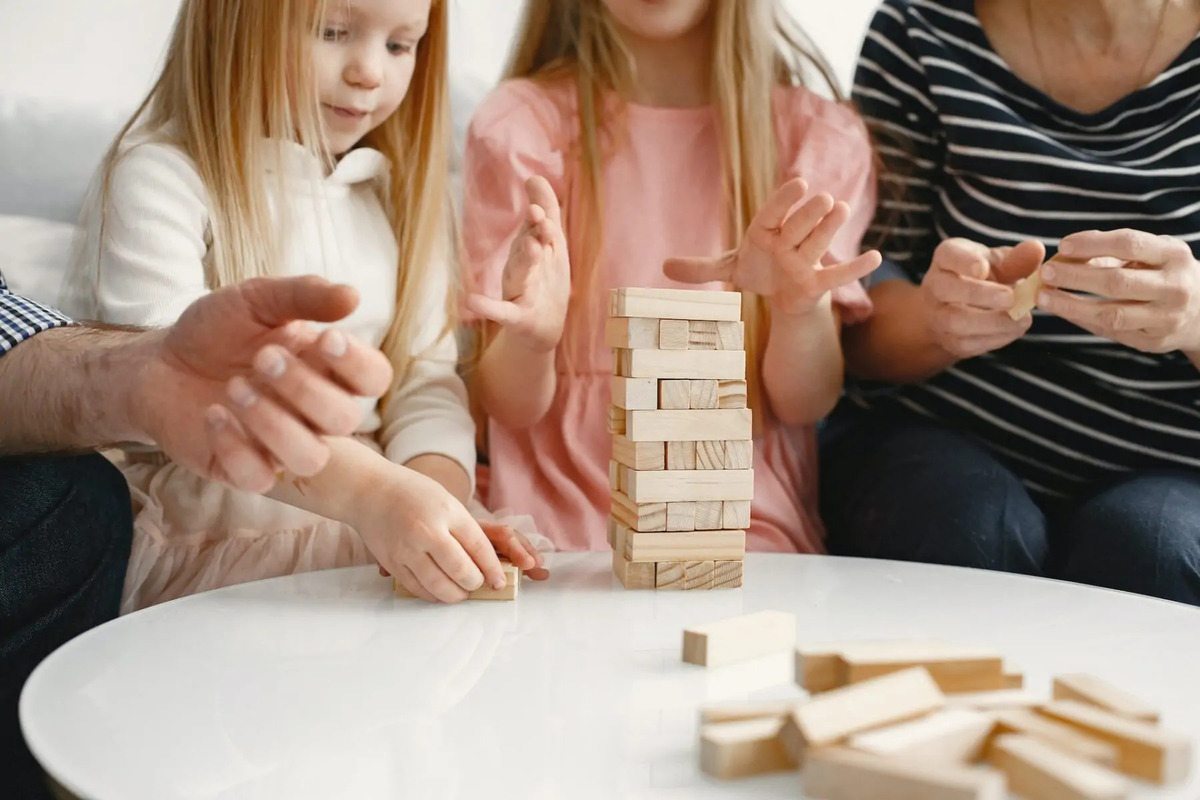

0 thoughts on “What Type Of Wood Is Jenga Made From”